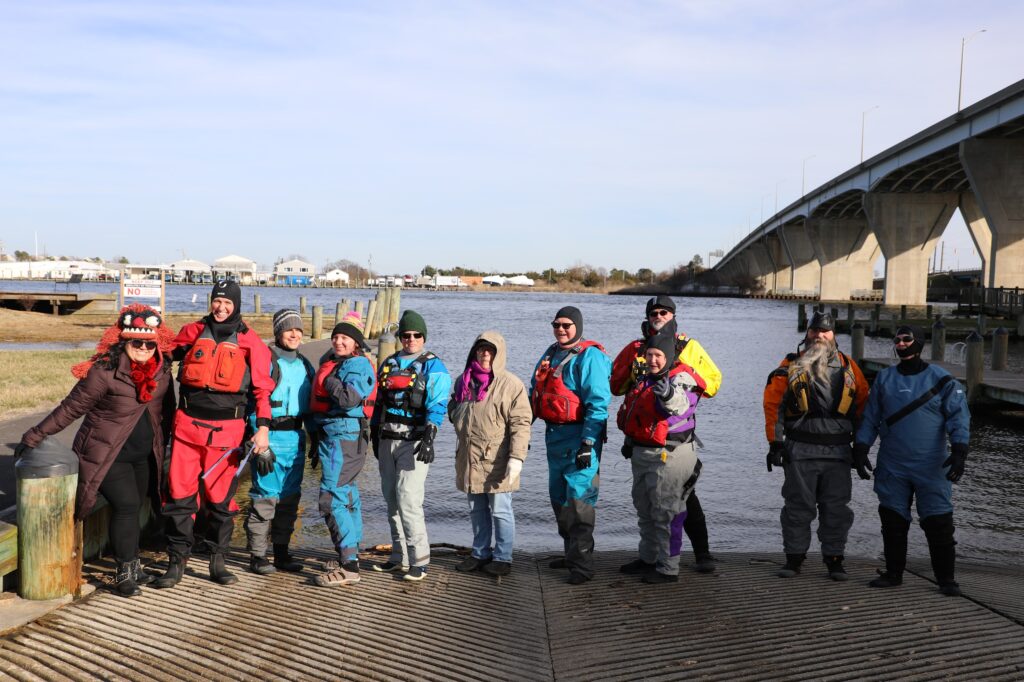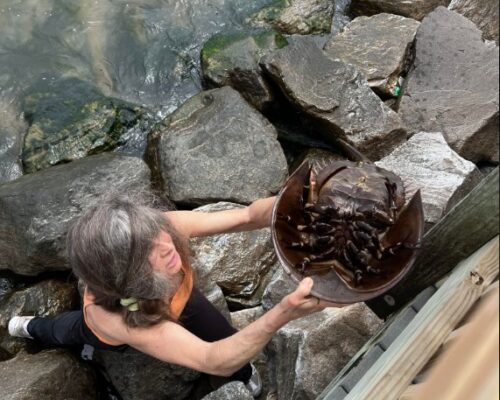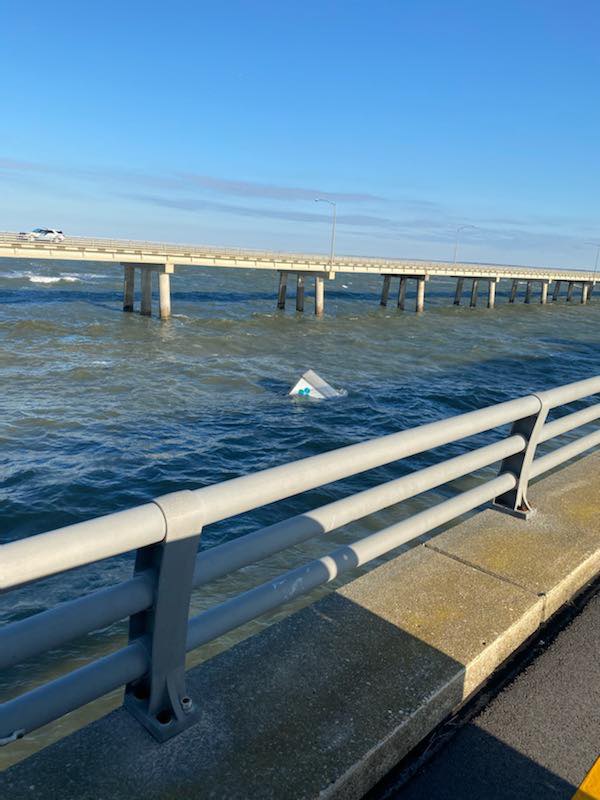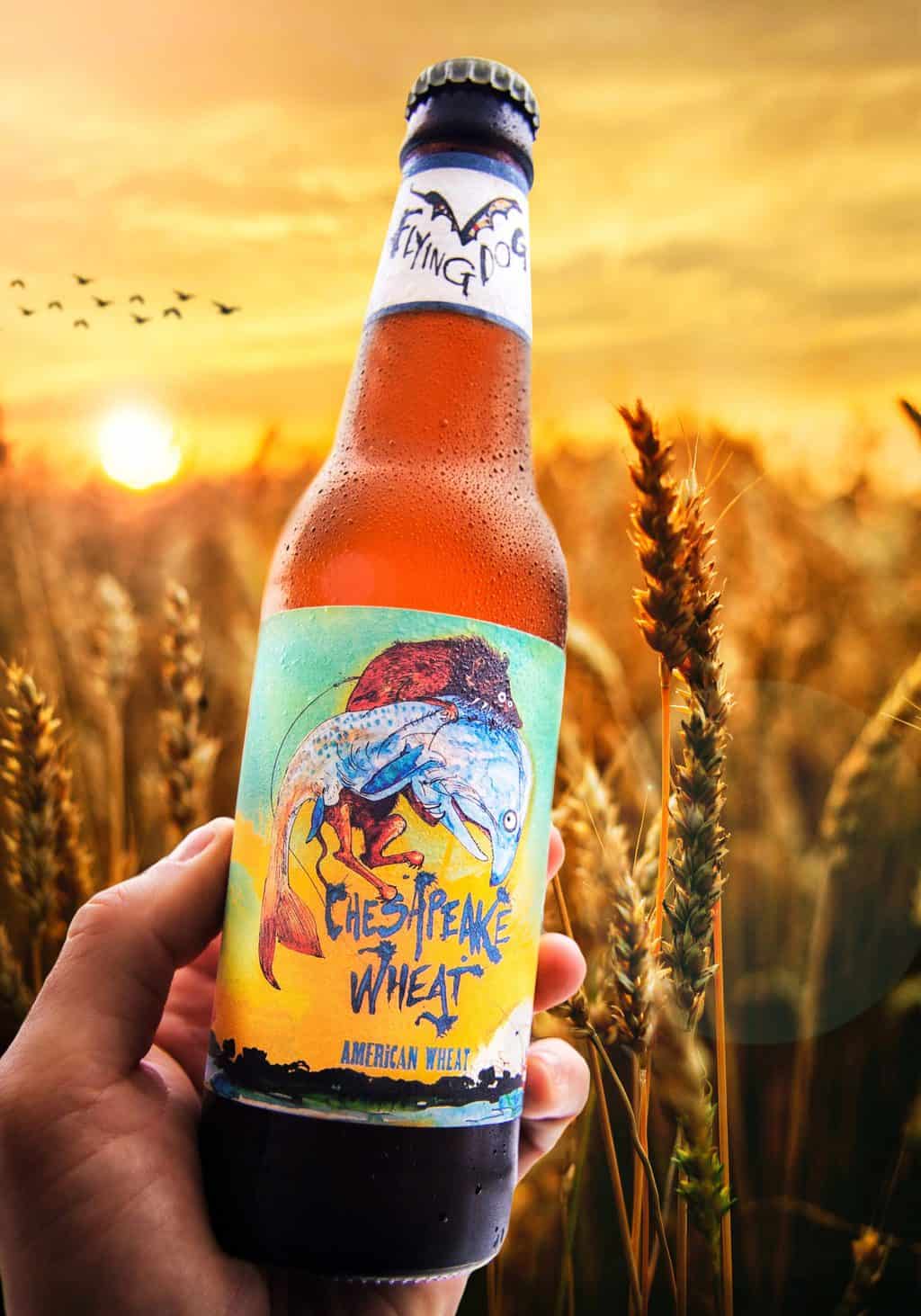It was a few weeks too late for the Polar Plunge, but on Saturday afternoon at the Kent Narrows Public Boat Ramp a handful of paddle sport enthusiasts were fully immersed in dangerously cold water.
They were there for a Cold Water Safety Workshop organized by the Chesapeake Paddlers Association (CPA)—a chance for kayakers and other paddlers to receive training for safe paddling excursions in the late fall and early spring. That’s when the weather tricks boaters: warm temperatures and sunshine lure them out and it’s easy to forget that water temperatures are still dangerously cold. No one expects to fall in, CPA says with decades of paddling wisdom, until it happens.
Nearly two dozen participants began their day of training inside Kent Island’s Cult Classic Brewing, where they learned important guidelines on what to bring in your kayak to stay safe in cold-water seasons, the appropriate thickness of wetsuit or drysuit for different temperature ranges, and even how to properly care for your drysuit to keep its seal strong and effective.
Then, they put their suits to the test with a controlled cold water swim over at the boat ramp. Highly qualified first responders volunteered to stand by as nearly a dozen paddlers jumped in. Nick Dyches, a former Army Special Operations Medic and Jenn Dumont, a Medical Instructor with Summit Point Training Facility and former MDARNG Flight Paramedic, were there for medical support but thankfully did not need to intervene.

The cold water swimmers were all wearing PFDs along with their drysuits. They used a buddy system and were watched over by instructor Jim Zawlocki. The water temperature at the time was 41°F, for which Zawlocki recommends layering the thickest drysuit, neoprene booties, thick gloves, and a neoprene jacket on top.
Almost all of the swim testers were new to cold water paddling, looking to gain knowledge and safely test their gear. At least two people had their drysuits fail, according to CPA.
Rich Stevens, who assisted with the event, says most participants were impressed by how dangerous cold water can be and how quickly problems can multiply once you’re immersed.
“Actually getting into cold water can quickly show up the limitations of even good cold water gear,” he says.
Stevens recalls, “A few years ago when I was helping with this class I discovered a leak in the knee of my drysuit that had gone undetected. A drysuit by itself has all of the insulating properties of a shower curtain. It’s the layers of appropriate clothing that you wear under the drysuit that make it work and provide protection suitable for the water temperature.”
A good drysuit can cost up to $1,000, Stevens tells us, but it’s necessary for those who choose to paddle early or late in the season. Testing your gear, often by just walking into the water, will tell you if what you are wearing is sufficient or if there are leaks in a drysuit, for instance.
CPA says these lessons are especially important as interest in paddle sports increases each year. They cite data from the U.S. Coast Guard and the Water Sports Foundation that finds kayaks are the vessel type with the second-highest fatality rate (behind open motorboats).
Even strong swimmers with years of paddle experience can fall in and, if they aren’t properly equipped, face the risk of cold shock, swim failure, vertigo, hypothermia and post-rescue collapse.
Water temperatures are deceptive because water pulls heat away from the body up to 40 times faster than air does. So an air temperature of 60°F sounds like a mild springtime day, but a 60°F water temperature could put you in great danger without the right gear. Stevens also advises paddlers never to go alone when the water is cold.
CPA typically holds its Cold Water Safety Workshop in preparation for spring and in the fall. The class is free to the public, sponsored by the all-volunteer nonprofit paddling association.




